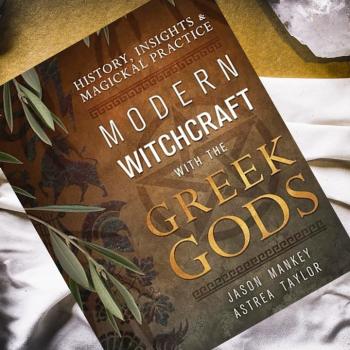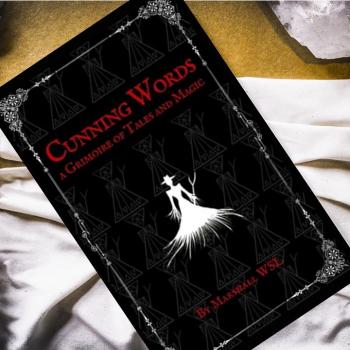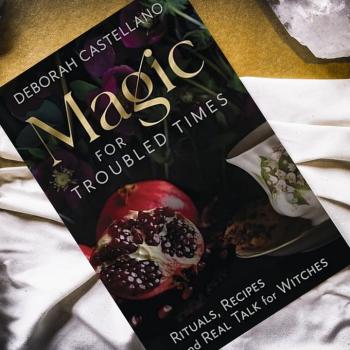My eyes dart over the message board, and I’m met with a question I’ve seen a million times, always from someone new. Always grappling with the same essential question. Helios is the God of the Sun. Ra is the God of the Sun. Amaterasu is the kami of the Sun. So, whose sun is it? Do they take turns with it? We are aware of many cultures and many gods, so how do we reconcile that with only having one sun?
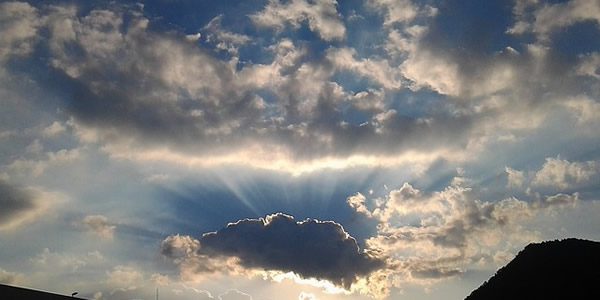
It is such a simple question but I find that many struggle to answer it or choose to resort to “same deity expressed through different cultures.” I know I’ve struggled with it, especially in my first year of practice, and seeing that question pop up again reminded me of the importance of examination and discussion on such a simple question.
I’ve elected to resolve this question in a simple way. It is no one’s sun. The notion that the sun is the deity and the deity is the sun is one I immediately have to reject on the basis of my belief that the gods do not die. One day, the sun will die, therefore I cannot tie the existence of the sun to the existence of any singular deity, resolving the issue of many sun gods but one sun for myself.
![Helios in his chariot, early 4th century BC, Athena's temple, Ilion By Gryffindor (Own work) [Public domain] / Wikimedia Commons](https://wp-media.patheos.com/blogs/sites/124/2015/06/Ilion-metopa-300x292.jpg)
By Gryffindor (Own work) [Public domain] / Wikimedia CommonsNor can I tie the revolution or behavior of the sun to the will of any particular sun deity. Yet, the deities are undeniably immanent within the sun. As a Hellenist in Texas it is very difficult for me to deny the power or might of Helios when I have the hot Texas sun bearing down upon me, causing sweat to bead my brow and drip off the tip of my nose. I have friends who have traveled to many different countries who tell me that the experience and connection with one sun deity becomes harder yet connection with another becomes easier based on the longitude that they are at. Yet it is the same sun, so what gives?
The sun, and our experience of it on a physical realm, points to spiritual and metaphysical realities of deities who choose to express themselves through it. This means that gods who have natural associations can be better understood through interaction with those elements in the original lands which they first found expression or in lands with similar conditions. Yet, this does not suffice. If we are to believe that our gods are both immanent and transcendent and can be experienced by any person at any locale then we can to come to yet another conclusion: gods are to their expressions as notes are to instruments.
Let me be clear, I do not think we can ever understand the totality of a deity, but based on experience and shared gnosis, it seems that environment does affect how many deities manifest with and interact with their worshipers. As noted above, people do find that they connect with their deities in different ways in different locations, so it could be thought that gods are like notes and the material realm is like an instrument. A G is a G; well, you know what I mean. This isn’t the place to get into music theory! That same G will sound different based on whether or not it is plucked on a guitar or blown through a sax. It will always be a G but the timbre will change.
Now imagine a billion notes that can be expressed through a nearly infinite number of ways (and each expression has its own timbre), and we can begin to formulate a vague idea of the immensity of our gods. We need to remember that the material realm is important. Yes, it is important. But it often is not sufficient for expressing the totality of our gods and spirits (I can only assume that deities and spirits exist that it *is* in fact sufficient for. I haven’t met them. But I haven’t met a lot of things). Often times, the material realm points beyond itself and is an expression of a particular spiritual reality. Does this mean that the material realm is the total expression of the spiritual realm or that the non-material realm cannot be understood or comprehended beyond its material expression? Absolutely not. But the material can give us clues and hints about what is occurring in the physical realm. It points to itself to everyone and beyond itself for those who care to look.
The important question isn’t to ask “whose sun is it?”
Ask yourself who you see when you look at that sun. Who do you feel when the sun shines into your eyes? Who is on your mind as you watch the sweat drip from the tip of your nose and wet the book you are reading? Who do you long for when it is hidden for days at a time by rain and clouds?
Whose sun do you revel in?

Patheos Pagan on Facebook.
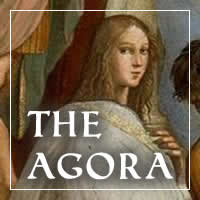
the Agora on Facebook
Spear of Athena is posted on alternate Thursdays here at the Agora. Subscribe by RSS or e-mail! Enjoying the column? Want to help the author get to Many Gods West? Consider donating to my IndieGoGo Campaign!
If you do Facebook, you might choose to join a group on “Zen Paganism” I’ve set up there. You can also use the links to the right to keep on top of activities here on the Agora as well as across the entire Patheos Pagan channel.





